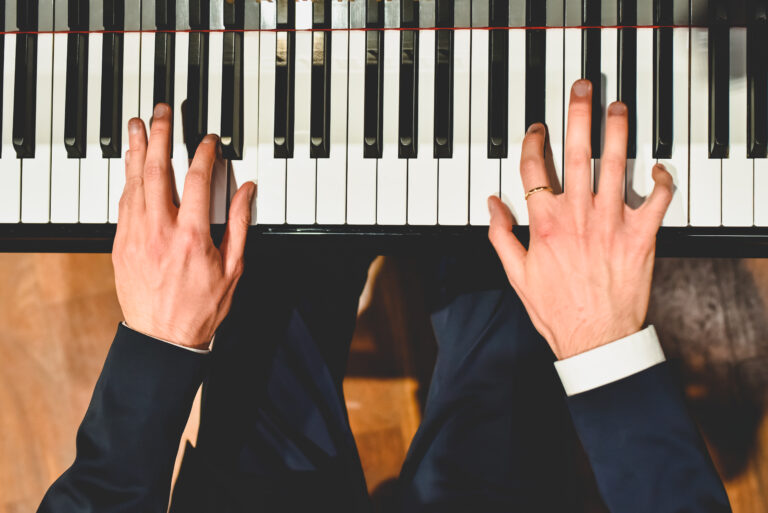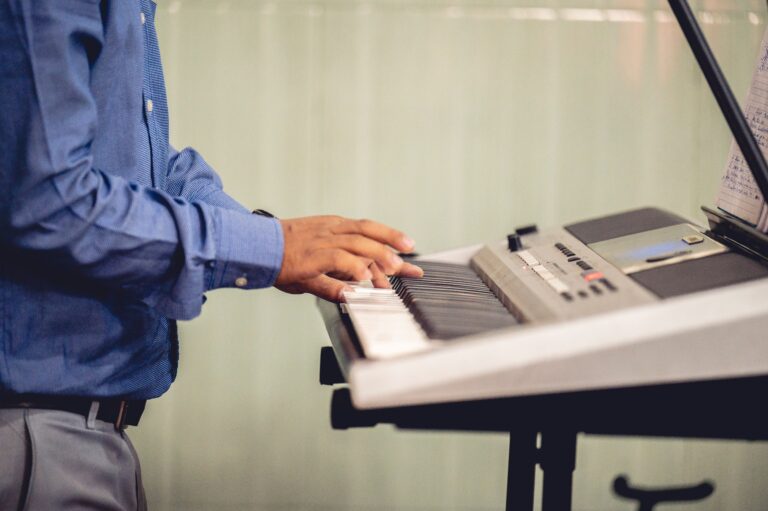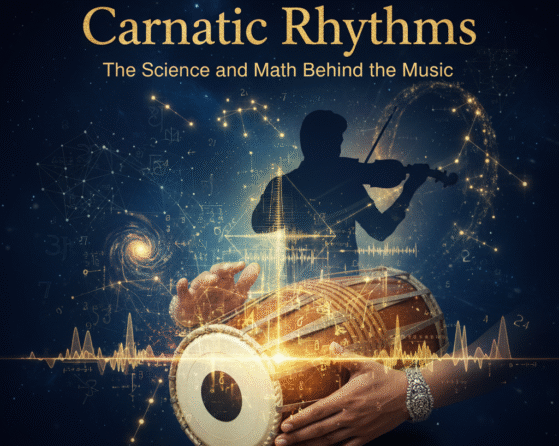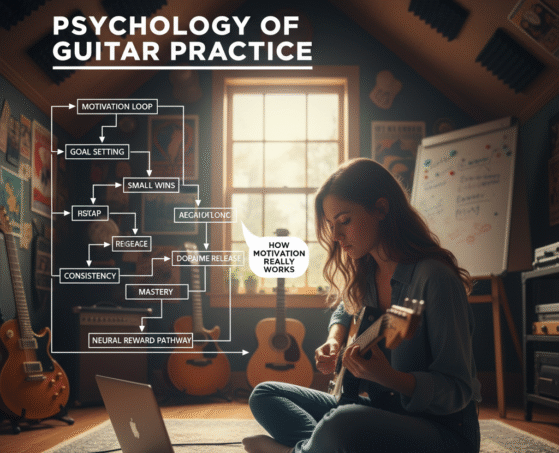Who is famous for playing the keyboard? Top keyboard wizards of all time

The keyboard, in its various forms, has served as a foundational instrument across countless musical genres. From the elegant tones of the harpsichord to the electrifying power of the modern synthesizer, it has consistently offered musicians a versatile platform for expression. But some players elevate it beyond mere accompaniment, transforming it into a lead voice capable of weaving intricate melodies, driving rhythms, and creating awe-inspiring soundscapes. Today, we embark on an epic exploration, unveiling a pantheon of legendary keyboard wizards whose mastery continues to inspire generations of musicians.
The Pianosmiths | Laying the Foundation (1700s - Early 1900s)

Our journey begins in the pre-electronic era, where the piano reigned supreme. These early keyboard virtuosos laid the groundwork for modern keyboard playing, showcasing incredible technical prowess and an intimate understanding of the instrument’s capabilities.
- Domenico Scarlatti (The Inventor): A pioneer of the harpsichord, Scarlatti’s vast collection of sonatas pushed the boundaries of keyboard composition. His innovative use of counterpoint, chromaticism, and rapid passages laid the foundation for future keyboard composers like Beethoven.
- Wolfgang Amadeus Mozart (The Prodigy): A child prodigy who redefined classical music, Mozart’s mastery of the piano is undeniable. His compositions, from the playful sonatas to the majestic concertos, showcase his ability to evoke a wide range of emotions through the keyboard.
- Frédéric Chopin (The Poet): Renowned for his lyrical melodies and expressive playing, Chopin revolutionized the piano. His works, filled with intricate harmonies and rubato (flexible tempo), established him as a master of emotional storytelling through the keyboard.
- Franz Liszt (The Showman): A flamboyant virtuoso with unparalleled technical skill, Liszt redefined the role of the piano recital. His performances were theatrical spectacles, featuring dazzling displays of virtuosity and powerful interpretations of existing repertoire.
The Rise of Electricity | Pioneering New Sounds (Early 1900s - Mid 1900s)

The early 20th century witnessed a revolution in the musical landscape with the invention of electronic instruments. Pioneering keyboard players began exploring the vast sonic possibilities offered by these new technologies.
- Leo Theremin (The Ethereal Voyager): The Theremin, an electronic instrument controlled by hand movements, offered a unique and otherworldly sound. Theremin’s virtuosic playing showcased the instrument’s potential for creating ethereal and haunting melodies.
- Raymond Scott (The Cartoon Maestro): A pioneer of electronic music, Scott used early synthesizers and sound generators to create playful and whimsical soundscapes. His work laid the groundwork for electronic music genres like synth-pop and chillwave.
- Sun Ra (The Intergalactic Ambassador): A visionary composer and bandleader, Sun Ra used his custom-built electronic instruments to create an otherworldly sound that transcended genre. His music, often with Afrofuturist themes, pushed the boundaries of what the keyboard could achieve.
Rock & Roll Revolution | The Keyboard Takes Center Stage (Mid 1900s - Present)

The rise of rock and roll in the mid-20th century saw the keyboard emerge as a prominent lead instrument. These players not only provided rhythmic and harmonic support but also created iconic riffs, solos, and textures that defined the genre.
- Jerry Lee Lewis (The Wild One): A rock and roll pioneer known for his flamboyant stage presence and powerful piano playing, Lewis’s music blended blues, gospel, and country influences, creating a uniquely energetic sound.
- Ray Manzarek (The Doorsman): A founding member of The Doors, Manzarek’s use of the organ created a signature sound that perfectly complemented Jim Morrison’s vocals. His innovative use of bass pedals and effects pedals expanded the sonic possibilities of the instrument in rock music.
- Rick Wakeman (The Explorer): Fearlessly exploring the sonic palette of synthesizers, Wakeman’s work with Yes showcased his boundless creativity. His solos were journeys in themselves, taking listeners on unforgettable sonic adventures.
- Keith Emerson (The Architect): A true pioneer of progressive rock, Emerson’s powerful and theatrical performances with Emerson, Lake & Palmer redefined the keyboard’s role. From majestic Moog solos to battling his own synthesizers onstage, his flamboyant style and technical prowess are unforgettable.
This is just a glimpse into the vast pantheon of keyboard legends. Each artist brings a unique voice and style, inspiring countless musicians to pick up the keys and create their own magic. Ready to embark on your own musical adventure? At Mystic Keys, our passionate instructors and flexible courses can equip you with the skills to become the next keyboard wizard. Visit our website to learn more and unlock your musical potential!
For more information and exciting resources about learning music, visit our website at The Mystic Keys. For more music content and exciting offers follow us on







